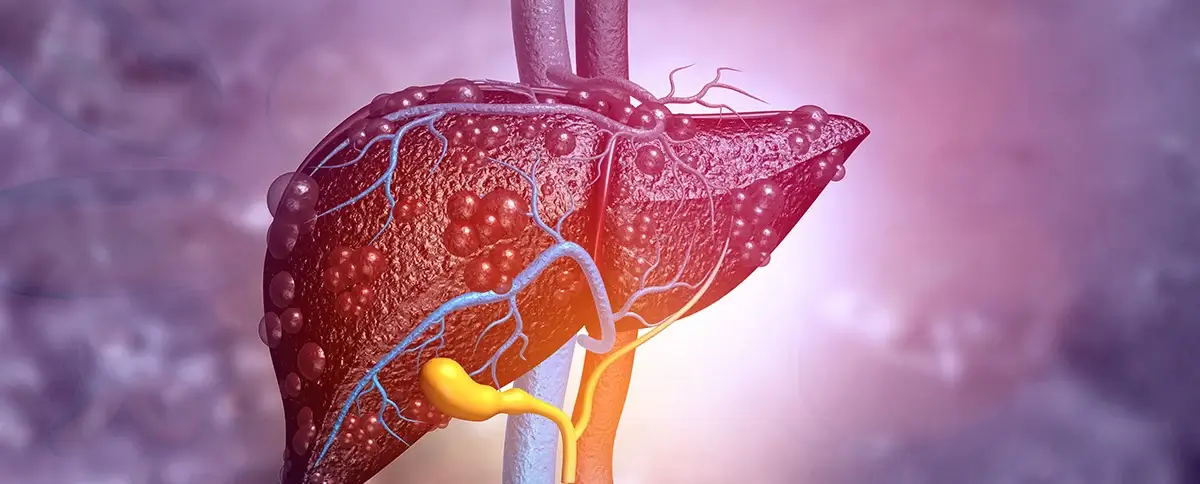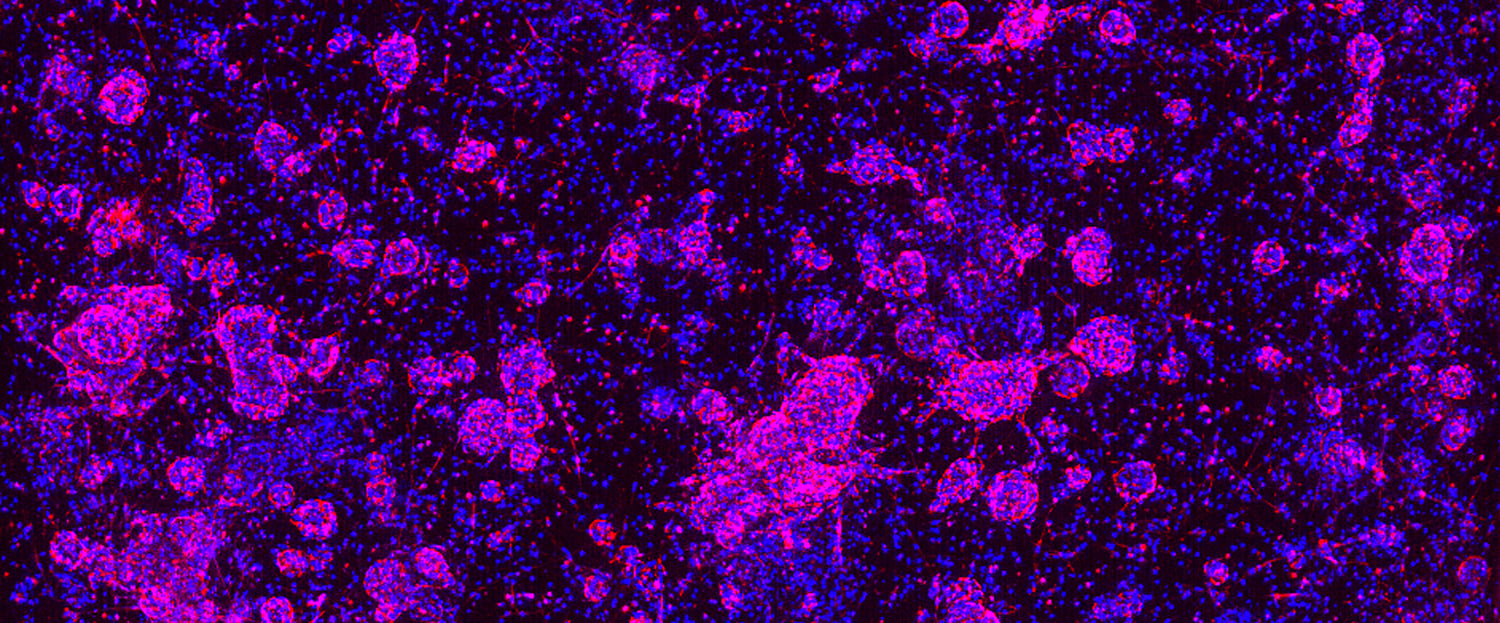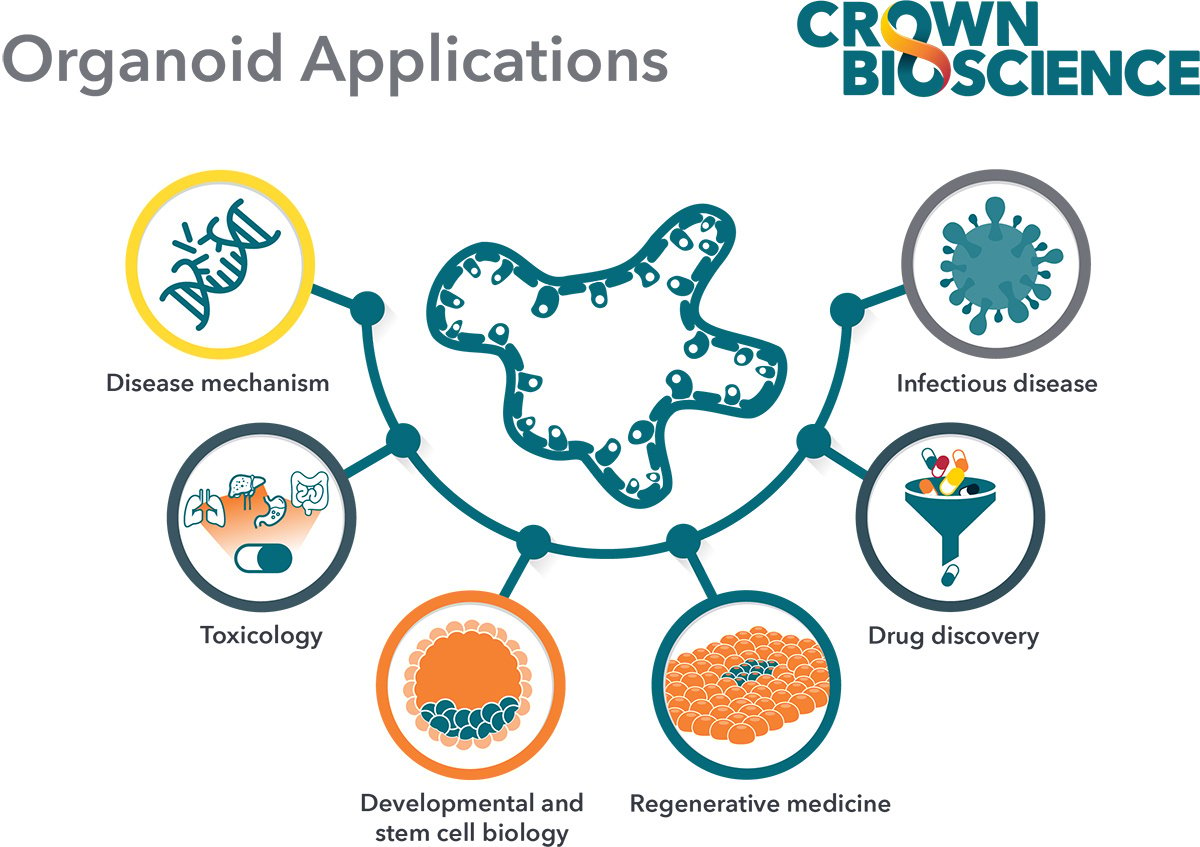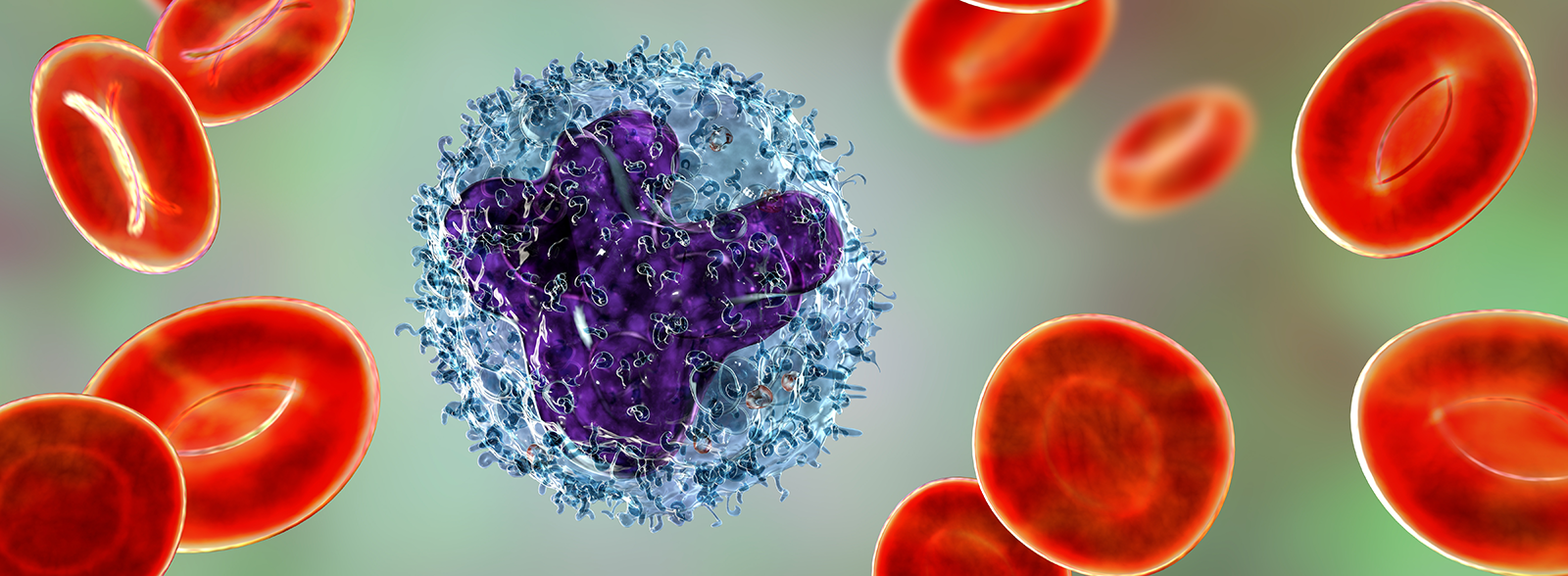Liver cancer remains a major health burden in the U.S. and globally, with incidence rates continuing to rise. Estimates indicate that liver cancer will affect more than 1 million individuals annually in coming years. Hepatocellular carcinoma (HCC), the predominant form that accounts for roughly 90% of primary liver cancer cases, is highly complex and heterogeneous and is often associated with underlying chronic liver disease, such as hepatitis.
While HCC treatments have advanced greatly in recent years, the need persists for additional therapeutic options and predictive biomarkers to guide personalized therapy. In this post, we explore a new study that proposes to classify HCC into three subtypes (F1, F2, and F3) based on activity of the fatty acid degradation (FAD) pathway, with each subtype displaying distinct clinical and biological features that could enable improved therapy matching and clinical decision-making. Moreover, the authors used patient-derived xenograft (PDX) models of HCC to validate responder and non-responder profiles of sorafenib that correlate with FAD activity across the three subtypes.
The FAD Pathway is Downregulated in Multiple Cancers and Correlates with Fatty Acid Content in Tumors
It is well-established that cancer cells often divert carbon from energy production to fatty acid production since fatty acids can be used for the biosynthesis of membranes and signaling molecules. Indeed, some cancers depend on blockade of the FAD pathway for survival, with many tumors showing significant downregulation of members of the FAD pathway which are involved in mitochondrial and peroxisomal oxidation. This downregulation prevents fatty acid breakdown via mitochondrial β-oxidation, resulting in accumulation of free fatty acids (FFAs) that cancer cells harness for energy storage, membrane proliferation, and signaling molecule generation. The widespread suppression of FAD pathway genes, and resulting reliance on FFAs, indicates that certain cancer types require inhibition of the FAD pathway to thrive, and thus, a better understanding of the dysregulated FAD pathway in cancers like HCC may reveal new therapeutic strategies and treatment insights.
Identification and Validation of a FAD-based Subtype of HCC and Its Prognostic Correlations
In a collaborative study that included scientists from multiple institutes including Crown Bioscience, RNA sequencing (RNA-seq), PCR-array, lipidomics, metabolomics, and proteomics analyses were conducted on a cohort of human HCC tumors. After validating the downregulation of FAD pathway genes and increased content of FFAs in this cohort, a novel molecular classification termed “F subtype” (F1, F2, and F3) was developed based on a highly comprehensive analysis of the expression profile and prognostic value of the FAD pathway in nine independent datasets that included more than 1,500 patients. Furthermore, the team characterized the clinical, mutational, epigenetic, metabolic, and immunological features of each FAD-based subtype. For instance, from an immunological perspective, F1 subtypes show higher expression of CD8, cytotoxic, and exhausted T cells marker genes compared to F3 subtypes, while F1-derived T cells were identified as progenitor, proliferating, effector-like, and terminally exhausted T cells, whereas all the F3-derived T cells were identified as progenitor.
Overall, in terms of FAD pathway gene expression and overall and relapse-free patient survival times, the F1, F2, and F3 subtypes were characterized as follows:
- F1 Subtype:
- Lowest expression of FAD pathway genes
- Shortest overall and relapse-free survival times
- F2 Subtype:
- Moderate expression of FAD pathway genes
- Moderate overall and relapse-free survival times
- F3 Subtype:
- Highest expression of FAD pathway genes
- Longest overall and relapse-free survival times
In summary, the F1 subtype with the lowest fatty acid degradation pathway gene expression had the worst prognosis, while the F3 subtype with highest FAD gene expression had the best outcomes in terms of overall and relapse-free survival times.
FAD Subtypes Predict Response to HCC Treatment Regimens
Next, the investigators evaluated the association between the FAD subtypes and response to several first-line treatments, including sorafenib, transarterial chemoembolization (TACE), and immune checkpoint inhibitors (ICI).
For patients that received sorafenib, it was found that F1 patients had the highest response rate, while the majority (90%) of F3 patients were non-responders.
For patients who underwent TACE, the F3 patients had the highest response rate, while all patients in the F1 subtype were TACE non-responders.
For ICI response, it was determined that the majority of F1 subtype patients (77.8%) were PD1 responders, which was significantly higher than both the F2 and F3 subtypes. The researchers also evaluated whether FAD subtypes could predict response to anti-PD-L1 monotherapy. It was determined that the F1 subtype patients experienced higher response rates than the other two subtypes, and atezolizumab responders had lower FAD scores than non-responders, indicating FAD subtypes are associated with anti-PD-L1 monotherapy response.
Overall, F1 subtype patients are responsive to sorafenib, anti-PD1, anti-PD-L1, and atezolizumab plus bevacizumab (T+A) treatment, while F3 subtype patients had the highest response to TACE, and F2 subtype patients may be good candidates for T+A combinations.
PDX HCC Models Confirm the Clinical Response
PDX HCC models were used to validate the sorafenib clinical response patterns described above. After classifying the PDX models into their respective FAD subtypes, it was determined that sorafenib treatment showed greater efficacy in F1 and F2 tumors as compared to F3 tumors, mirroring the clinical findings.
This concordance between PDX models and patient outcomes underscores the predictive value of these PDX models for investigating the relationships between FAD activity and treatment response in HCC. Defining predictive biomarkers via PDX evaluation of the FAD-based subtypes represents a promising approach to pave the way for more precise, personalized HCC therapy.
Conclusion
This new study proposes a novel classification of HCC subtypes based on FAD pathway activity, which correlates with prognosis and treatment response in patients. Furthermore, PDX HCC models showed great utility as preclinical tools as they validated the sorafenib responder and non-responder profiles based on FAD activity.
Did You Know? Crown Bioscience has an extensive collection of liver cancer PDX models, including several orthotopic models that closely recapitulate the tumor microenvironment. Crown Bioscience’s HuPrime® PDX models are well characterized for pathology, growth characteristics, and are also genetically/genomically annotated for gene expression, gene copy number, mutations, and fusions. Check out our extensive collection of liver cancer PDX models here.








